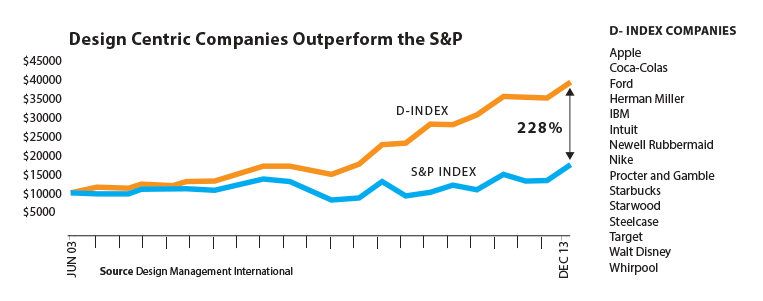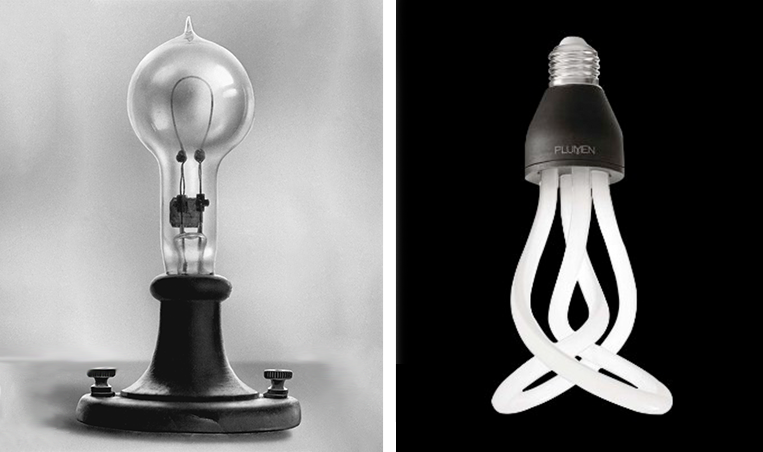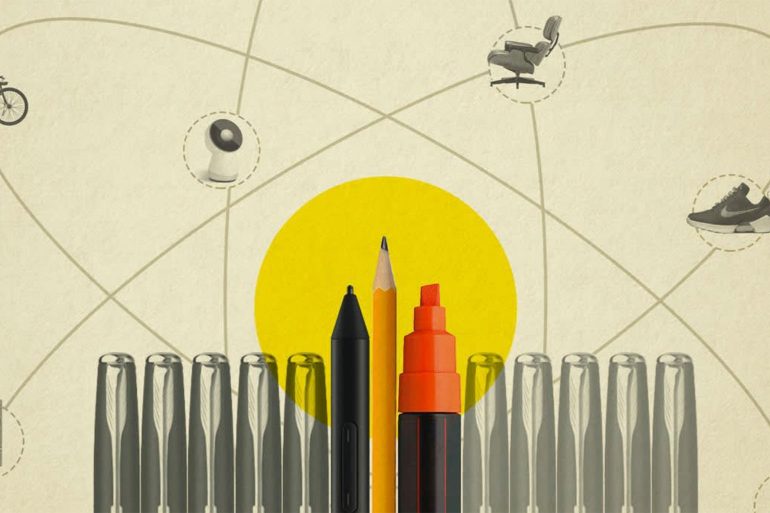Dear Chief Design Officer
You don’t know me, but as Chairman of this company, I created and gave you your job. Congratulations on being the first Indian CDO in India of a major company. It’s up to you now to make my gamble work.
It wasn’t easy to convince the board. Yes, we all agree that many young companies who put have CDOs, designer CEOs or otherwise put design on top have galloped past their more eminent peers. We all agree our company, like General Motors a while ago, is in a stale rut of ‘good’ products (water heating and other systems for the well-appointed bathroom) that contribute thinner and thinner margins. Yet people, and so companies, resist change, and hawkish colleagues will be watching you closely, half-hoping you fail.
I’m writing to tell you what you’re up against, and what you’ll need to do survive, thrive and then lead.
Establishing yourself
First, take heart from your strengths. I chose you because you show a spark for the creative side of business. You think strategically, but are also tactically adept. And tactful: a diplomat of sorts, patient and aggressive as the need dictates. You will need to draw on your grasp of the facts and operations of organisations: you had better grasp ours quickly.
And as a design thinker, I hear you have that trained empathy for consumers (you call them users). You will now need to turn that towards your peers on the board and in the company, as you do the two things I describe next.
Secretly, your colleagues fear design, and thus designers. They see both as unaccountable, dependent on mysterious inspirations, and beyond reason. You will have to demonstrate, every day, that your ways are different from those of the ‘star’ designer. You have methods that you can spell out and repeat, not a black box. They are akin to a conversation, not a personal cult. The method thrives on customer data and market realities; so it seeks, not shrinks from the input of your colleagues.
Gradually they must realise that your approach is responsible, and that your proposals may be bold and beautiful, but never whacky or offbeat as ends in themselves.

Weapons
Here are your weapons as you take these on.
The first is your unique ability to observe the customer use our products and services, and get into her shoes in a way that quantitative research or even most interviews do not. Your eye swoops on the interesting, relevant bits, perhaps the user’s hesitation or her expressions. Even such non-conventional customer data are undeniable. But their interpretation is not, and here you will have to help your colleagues to entertain valid hypotheses, when certainties can’t be found.
The second, and you will need to develop it if you haven’t already, is to speak about design goals in the language of finance. Every design intervention has a financial impact — on revenues, costs, or intangibles. In turn, these come from, say, higher volumes or greater margins, which in turn, may arise from our customers’ changed behaviour. Apply a reasonable guess of how design impacts that behaviour step, such as “15% more likely”.
From here, the financial value of your step is standard finance. Project revenue (or your chosen measure) over, say five years. Next, using the net present value of the design intervention using an appropriate discount rate.
Don’t worry about how tenuous it sounds. You will be surprised at how convincing it is to the management. Tip: illustrate the behavioural scenario above in story form, with visual support — models, films, recordings. That’s something your colleagues competing for funds can’t do as well. And keep that straight face on.
Once you are in…
…it’s time to remember what your role really brings to the table, in shaping the company’s and the board’s work. Treat it as a guide.
First, you provide a horizontal force that joins silos; for example, the teams you lead carry over design ideas into marketing.
Second, you make the company think about (eco)systems in which the products work. Remind them that Edison’s light bulb was really a means to get homes to buy electricity, not only a replacement of oil lamps. Seeing the systems, and the interactions that make it up, can release the company from its short-sighted obsessions. Design is a synonym of future; product quality is of the present. I realise this is a touch philosophical, but I thought you’d like that.

Third, represent subjectivity and the qualitative side. We’ve dealt above with the all-important experience that customers have. But here I am emphasising desirability here, about making people desire our products, quite above their need for them. Imagine a day when one of customer wishes it wasn’t summer, because they don’t get to use our water heater. (Can you get the board to spot the product idea in there?)
When things are working
Finally, I offer a few signs that things are going well, assuming you are past the survival and settling down stages. Or, treat them as things to make happen. They are about spreading a design culture within the company and the board, beyond the new game changing products and services that are regularly emerging.
Design is researched on a routine basis, with partners, suppliers and users, as a corollary of the scenario building activity.
Design is a part of brand and market tracks, and is audited. You will have to help or design the research and build frameworks for auditing it, using an extended version of the financial model described above.
Design reports to the board, not to marketing. You might wonder why I didn’t specify the reporting relationship when I created your position? I’m going to wait to see if you’ve earned that position. When you do, I’ll consider making marketing reporting to design.
It’s customary to end with wishing you luck in your endeavour, and as I do, I know that I have never been more sincere in doing so.
— Your Chairman
***
Itu Chaudhuri a principal at Itu Chaudhuri Design. He writes broadly on design, taking in connected subjects. This piece was first published in a slightly modified form in Business Standard in a fortnightly column called Deep Design. All images from the author.

